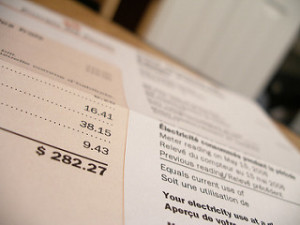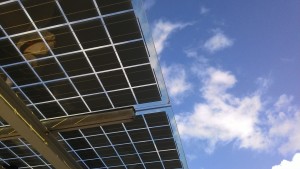Due to the high demand for green power, harvested renewable energy is projected to be at 100% by 2030. Based on a study commission by the federal government in Australia, clean energy from wind, solar and hydro is forecasted to produce the same amount of power as fossil fuels in less than 15 years time. However, investment may range from $219 billion to $252 billion.
A community summary of the report was also published debating that the cost of investment in renewable energy may cost not exceed that currently being spent on fossil fuels.
”Indicative wholesale electricity prices generally fall within a reasonably narrow range of around $100-$130 per megawatt-hour in 2030, and around $110-$150 per MWh in 2050,” as concluded by the study released by the University of New South Wales.
CURRENT STATE OF OIL & GAS
The lack of stability in the oil and gas industry was one of the biggest news stories this year, giving people the impression to invest further in renewable energy. Although analysts already projected last year that petrol prices were to slump by 2016, the effect was seen as early as January when it fell below $27 a barrel. The industry was further threatened when news broke that the US lifted sanctions on Iran and the issue of oversupply was thrown at OPEC (Organization of the Petroleum Exporting Countries), which causes prices to drop to its lowest since 2009.

Image Credit: pixabay.com
Although the prices of fossil fuels on the world market are slowly picking up, analysts predict that they will once again drop below $40 soon, as oversupply will continue to impact the industry. Most consumers may not feel the effect of the drop in petrol prices, but some economies that are greatly dependent on oil and gas will be greatly impacted.
Nevertheless, many companies based in major crude extraction regions in the world are still positive that the fossil fuel market will return to its original state. In fact, oil and gas solutions in Iraq and many leading petrol producing nations are still ongoing. Some companies even had joint efforts with large organizations to strengthen ventures locally. Many nations, even those who have projects related to green energy continue to be highly influenced by the oil and gas markets, such as the US where its electricity usage is slightly above the 10-year average. The US Energy Information Adminiration (eia) expect that the average residential bill in the country will be 8% higher than last year. Although, fossil fuels remain the main source of energy in most nations.
DEVELOPING COUNTRIES TAKE THE LEAD
Australia is currently leading the way in terms of renewable energy projects, where they foresee at least 50% of electricity in their country will come from green power sources by 2030.
However, the United Kingdom is more ambitious when it comes to their clean energy projects, as Greenpeace suggest 85% of British power could be sourced via renewables by 2030.
A rise in wind energy is also expected in the range of 13GW to 77GW while solar will increase from 5GW to 28GW according to Greenpeace, however, it could cost the nation up to £227 billion in investment.
“For the first time, we have the evidence showing it is possible to keep the power system working and decarbonise the electricity system. We need to go for renewable energy with the help of new smart technology and reducing demand for power too,” said Greenpeace chief scientist Doug Parr on The Guardian.
Parr added, “It is hugely ambitious but definitely doable, and it will take the same kind of enthusiasm and financial support from government, normally the sole preserve of the nuclear and fossil fuel industries.”
HOW TO SAVE ON ELECTRICITY COSTS
Investing in renewable energy devices as early as now should give homeowners an advantage in lowering their electricity bills, especially since it looks like we are going to adopt renewables in the long term.

Photo Credit: brendan.wood via Compfight cc
Solar panels and other clean energy solutions are considered capital-intensive, but with very low operating and maintenance costs as well as zero fuel costs thereafter, are they to good to be true? Many homeowners are now enjoying the benefits of using solar panels and heat pumps in their homes, especially since summer is fast approaching in the United Kingdom.

Image Credit: pixabay.com
These technologies will greatly help in the lowering of electricity bills, help promote eco-friendliness, and even increase the value of a home. It has been reported previously that homes with solar panels sell 20% faster for 17% more money than homes than do not have the technology. In the United States, the selling price of an average home is increased by $17,000 with the installation of solar panels.
However, only use a reliable company when investing in eco-friendly products. Most solar panel manufacturers offer a warranty period of 20-25 years, even though the industry guarantees that the panels will perform up to 80% of its optimal level beyond the warranty period. The life span of eco-friendly products that are well maintained can work up to 30-40 years. By that time, homeowners have likely generated a good amount of electricity and a return on investment well beyond their expectations.
Renew your energy and all is going to be better